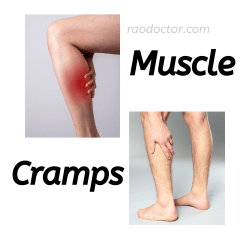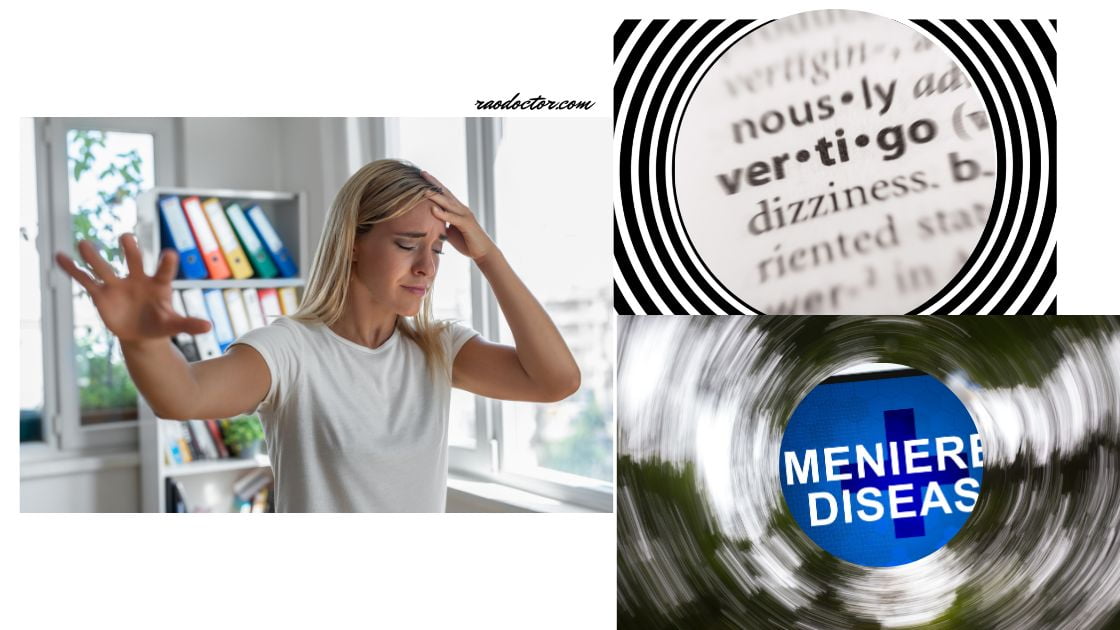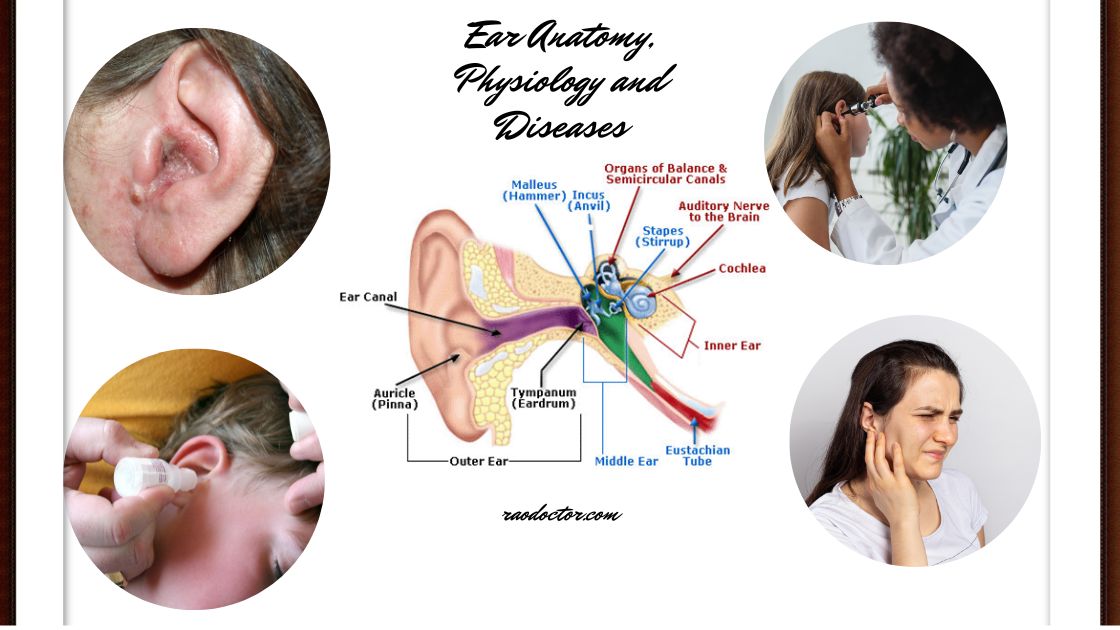Table of Contents
And How to Get Rid of Them
Video Source: Canva Pro
Before you start reading the article, how about listening to it first?
What are Muscle Cramps?
If you search on Google, you will come across the meaning of muscle cramps as “painful involuntary contraction of a muscle or muscles, typically caused by fatigue or strain”.
In my last article on Backache and Sciatica, I had mentioned that my next article would be on cramps. If you have not already read that article, you can do so here-
When you’re working out, it’s not unusual to experience muscle cramps- a condition where your muscle suddenly form into a hard ball or lump in that area of your body. They can be painful, and they can make you feel really awkward trying to get rid of them.
They usually occur while you have been exercising vigorously in a hot atmosphere or while you are sleeping. They also occur when you are suffering from conditions such as kidney failure or hypothyroidism.
You must have seen in the recently concluded Asian Cup Cricket at UAE how many players struggled to play to their true potential because of severe cramps. One such player, Nassem Shah, had to limp back to the team dugout due to severe cramps.
But don’t let the embarrassment of having a muscle cramp during an exercise class put you off going back again.
Muscle cramps are actually a sign that your body is responding well to the strain you put it under in order to get fitter and stronger. The pain caused by a muscle cramp is simply the result of a small vessel constricting, called a ‘vascular spasm’ which means that blood isn’t flowing properly through your veins because of pressure on them from surrounding muscles.
This causes your nerves to fire more quickly than normal, which makes you feel pain as the muscles contract and relax more rapidly than usual.
The best way to stop muscle cramps is to know why they happen.
Muscle cramps can happen anytime as you exercise and are not a sign of injury or illness. They can happen at any age but seem to be more common in older people. Women are more likely to get cramps than men, especially during the menstrual cycle or just before their period.
Cramps can happen when you are dehydrated. If you are exercising in a hot or humid environment, or where there is low oxygen, you are more likely to get cramps.
This is because your body is working harder to cool itself down, as well as getting rid of excess heat, and water is needed for that cooling process.
Cramps can happen when you exercise in cold weather, too. This is because the blood vessels in your muscles are constricted so there is less blood flow and less heat is released from your body. An example of this is getting cramps in the middle of night while you are sleeping in a room with AC on for a long period of time.
Cramps are also more likely when you are exercising with poor form, like not keeping the correct posture, or lifting weights that are too heavy for you.
Cramps can also happen when you are doing exercises that you are not used to or doing them incorrectly.
What causes muscle cramps?
There are lots of things that can cause cramps, so it’s important to understand them so you can reduce your risk of getting them.
Most of the time, after or during any strenuous exercise, lactic acid is formed in the muscles that gets accumulated in and around muscles. The more the lactic acid formation, the more severe the cramps are. I remember my cricket coach telling me to sit with my legs raised to drain out the accumulated lactic acid.
- You could be dehydrated.
- You might be trying out a new type of exercise, which could be stressing the muscles differently to what you are used to.
- If you are doing strength training, you should make sure you are lifting weights that you can handle, and you are using proper form.
- Women are more at risk of getting muscle cramps because of menstruation, when estrogen and progesterone levels change. Women can also get cramps during menopause, called period cramps, when hormone levels change.
- If you suddenly increase the amount of exercise you are doing, your muscles are not used to the strain, and they might get cramps as they work harder to cope with it. This is also called muscle fatigue.
- Muscle cramps can happen if you are eating a diet that is low in protein. Protein helps muscles grow and repair, so eating enough of it is key to avoiding cramps.
- Medication like anti-depressants, calcium-channel blockers, and diuretics can increase your risk of cramping.
- Kidney disease, especially chronic kidney failure, can cause leg cramps at night.
Cramps—especially leg cramps—are common for those with kidney disease. Cramps are thought to be caused by imbalances in fluid and electrolytes, or by nerve damage or blood flow problems.
Source-Davita.com
Another disease that can cause cramps is Congestive Cardiac Failure, probably due to electrolyte imbalance that happens in this disease.
Useful Resource- You can learn more about cramps in this article-My Sport Science
When should you worry about leg cramps?
As mentioned above, there are many causes of muscle cramps. But these causes occur occasionally. If you are having repeated attacks of painful leg cramps, even at rest, then you start worrying about it, because they may be signaling some serious health condition like kidney failure or congestive cardiac failure. Talk about it with your doctor. He may suggest to you some investigations to rule out the cause.
One such investigation is serum electrolytes to rule out hypokalemia [a decrease in potassium levels in the blood, more common in kidney failure].
Leg cramps happen mostly at night- why? What causes severe leg cramps at night?
Another question my patients ask me is, why do I get leg cramps mostly at night? At night, when your body is completely at rest, there may be some muscles that have been overworked during the course of the day that may be still contracting even during rest.
Leg cramps at night are a classic sign of these conditions-
A. Diabetic ketoacidosis (DKA)
B. Congestive cardiac failure
C. Hypothyroidism
D. Renal failure
The other causes are dehydration and hypotension. Dehydration may be due to not drinking enough water or sweating excessively.
Hypotension is low blood pressure, which may occur because of a condition such as anemia or hypothyroidism.
Hypothyroidism causes leg cramps because it slows down the metabolism and the body’s ability to break down lactic acid, which is responsible for painful cramps.
Another cause of leg cramps at night is a deficiency of potassium in your body. Doctors will usually prescribe potassium supplements if you have low potassium levels in your blood.
However, you should consult with your doctor before taking any medication since there may be other underlying causes of leg cramps at night besides just low potassium levels.
Anemia– a condition where your blood hemoglobin is low- can also cause cramps because of the lack of oxygen in your blood.
Some medications can also cause leg cramps at night such as
- quinine,
- chemotherapy drugs,
- and diuretics – a drug used to flush out excess salt from your body when you have hypertension.
If you have a history of leg cramps at night, you should see your doctor to identify the cause.
How to get rid of leg cramps at night?
The best way to prevent leg cramps at night is to stretch before bedtime and drink plenty of water throughout the day. Stretching helps loosen up tight muscles and prevents them from contracting during sleep. Drinking plenty of water will help your body stay hydrated, which will prevent dehydration that causes muscle contractions in some cases.
If you have already experienced leg cramps at night, here are several remedies that may help relieve your pain:
- Drink warm milk with honey
- Take a hot bath with Epsom salt (Magnesium sulfate), which will help relax your muscles and relieve pain
- Massage affected leg with a good handheld massager
The bottom line: Leg cramps at night are no fun! And they can be quite painful, especially when you are asleep and cannot move to relieve the pain until you wake up. But there are some things that we can do in our daily life to prevent them from occurring often and to reduce the pain if we do get them.
Preventing Muscle Cramps: What You Can Do
Follow these few steps to prevent muscle cramps-
- Make sure you are hydrated before, during, and after exercising.
- Warm up properly and stretch before you start exercising.
- Make sure you are eating a balanced diet that includes protein, vitamins and minerals and plenty of fluids (water, coffee, or tea are all good choices, as they have a diuretic effect that can help keep your fluid levels normal).
- If you are trying a new type of exercise, start off with a low intensity and build up gradually.
- Ask a trainer, or a more experienced friend or colleague, to show you the right way to lift weights and do the exercises properly.
- If you notice that you are getting cramps, stop what you are doing, and try to relax your muscles.
- If you are getting cramps regularly, make sure you go to your doctor to rule out a medical condition that might be causing them.
- Visit your doctor if you are getting cramps and you are also losing weight. This could be a sign of something more serious, like a thyroid problem [discussed above].
Medicines for Cramps
Whenever a patient visits me for cramps, I prescribe these medicines-
- Muscle relaxants with painkiller like Intagesic MR, Neorelax MR- two times a day till there is total relief.
- Vitamin E- Evion 400 once a day for 5 days
- Magnesium supplement like Ultramagnesium- one tablet a day for 30 days.
- Electrolyte powders like Vital EZ, Enerzal.
- Liniments like Arnopen liniment, Myostaal liniment, Pyroflex liniment
- Ointments like Arthrella, Arnopen, Relaxyl
4 Exercises to Stop Cramping
There are a few exercises that may help you stop getting cramps-
- Low-impact exercise like walking is a great way to ease into fitness and avoid cramps.
- Swimming is another low impact option. Swimming gives exercise to the whole body. However, sometimes you may get cramps while swimming itself. In such a situation, try to relax that particular muscle, by stretching it underwater.
- Yoga is a great way to stretch and strengthen your muscles, and it can be a great way to ease into fitness if you are new to exercise.
- Pilates is another great option for people who want to ease into fitness.
If you are prone to getting cramps, avoid exercising in the heat of the day, and try to drink plenty of water before, during, and after your workout. Be sure to stretch before you exercise and check in with your muscles throughout the class to make sure they are not getting too tired or overworked. Finally, make sure you are breathing properly while you exercise, and focus on relaxing your muscles.
Conclusion–
Hope this article has taught you almost everything you want to know about cramps. My next article will be a similar yet common cause for musculoskeletal pain- Delayed Onset of Muscle Soreness [DOMS].
So, stay tuned for my next post. Do sign up for my newsletter so that you receive information about the activities on this website from time to time.
Adios.
Useful resources on muscle cramps-
- Magnesium and muscle cramps
- Leg cramps
- Muscle Cramps and mineral deficiency
- When Muscle Cramp Strikes




